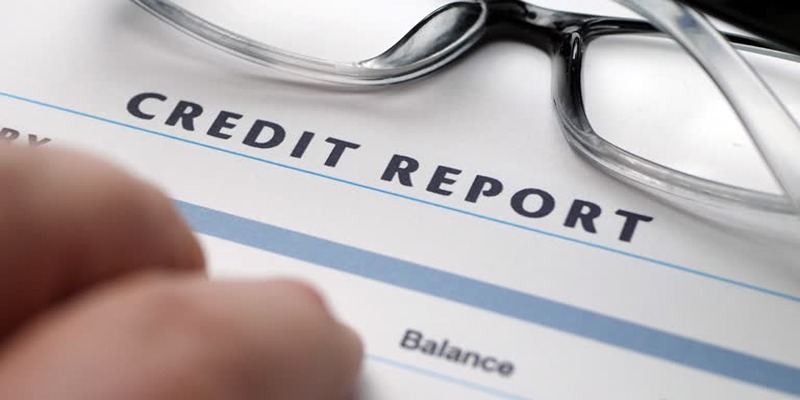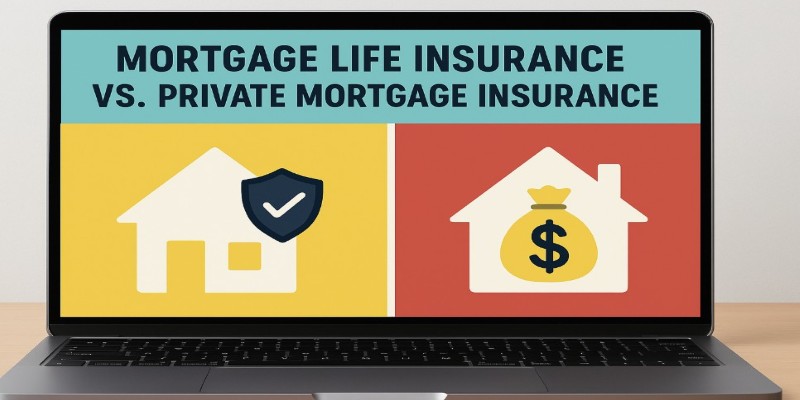Selling a car can feel like a straightforward process until you discover there’s still an outstanding loan tied to it. Can you even sell a car with an active loan? The short answer is yes—but there are a few extra steps involved. If handled correctly, you can sell your car seamlessly while paying off your loan. Whether you’re downsizing, upgrading, or adjusting to life without a car, this guide will walk you through every step to sell a car with an active loan.
Why Sell a Car With a Loan

You might wonder why someone would want to sell a car they haven’t fully paid off. Here are a few common reasons people do it:
- Financial Adjustment: You may no longer afford the monthly payments.
- Need for an Upgrade or Downgrade: Your lifestyle may require a different type of car.
- Avoid Depreciation Losses: Selling sooner could help you avoid sinking more money into your car’s depreciation.
Regardless of the reason, selling a car while it still has a loan isn’t uncommon. Lenders and buyers alike deal with this situation regularly.
How Auto Loans and Liens Work
When you buy a car with a loan, your lender owns a financial interest in the vehicle until you completely repay the loan. This is called a lien. The lien ensures that if you fail to make your payments, the lender can recover its losses by reclaiming the car.
To sell your car, you’ll need to satisfy the outstanding loan amount, which means paying the lender the full balance owed. Once the loan is repaid, the lender releases the lien, and the car becomes yours to sell.
Steps to Selling a Car With an Existing Loan
Selling your car with an existing loan takes a few additional steps compared to selling a car you fully own. Follow this step-by-step guide to ensure a smooth process.
Step 1: Know Your Loan Payoff Amount
The very first step is determining how much you still owe on your car loan. Contact your lender and request the loan payoff amount, which may differ slightly from the current loan balance. The payoff amount typically includes interest accrued and doesn’t include early payoff penalties (if applicable). This figure is critical because you’ll need it when negotiating the sale price.
Step 2: Determine Your Car’s Current Value
Now, you’ll need to know what your car is worth. Use trusted valuation tools like Kelley Blue Book, Edmunds, or NADA Guides to get an estimated value. Be honest about your vehicle’s condition when entering information, as this will ensure an accurate valuation.
If the car’s value exceeds your loan payoff amount, you’ll leave the sale with extra cash. If the loan amount is higher than the car’s value, you'll have what's called "negative equity" or an "upside-down loan," which means you’ll owe money after the sale.
Step 3: Inform Your Lender
Contact your lender to inform them that you’re selling the vehicle. They’ll walk you through their procedures for selling a car with an active loan. Some lenders will require you to handle transactions at their office, especially if they still hold the title.
Step 4a: Selling the Car Privately
If you choose to sell privately, be transparent with potential buyers about the loan. Most buyers are willing to work with you as long as you offer clear communication.
Here’s how it works:
- Finalize the sale price with the buyer.
- After payment, direct the buyer to send the payoff amount to your lender.
- Any remaining funds (if your car is worth more than the loan) can go to your account.
Some buyers may be hesitant about purchasing a car with a lien, so offering detailed instructions can build trust in the process.
Step 4b: Selling the Car to a Dealership
If transparency and paperwork feel overwhelming, selling your car to a dealership often simplifies the process. Most dealerships handle the loan payoff directly. You’ll simply need to bring the payoff statement, title (if you have it), and any other documents the dealership requests.
Keep in mind that dealerships often offer less value for your car than selling privately.
Step 5: Clear the Title
Once your lender receives the full payoff balance, they’ll release the lien and clear the title. At this point, the buyer or dealership can take complete ownership of the vehicle.
Step 6 (If Necessary): Cover Negative Equity
If your car’s value is less than the loan payoff amount (negative equity), you’ll need to pay the difference. Options for handling negative equity include:
- Paying Out of Pocket: Cover the difference upfront.
- Rolling Over the Balance: If you plan to buy a different car, some lenders will allow you to roll over your negative equity into your new loan. Keep in mind this could increase your payments on the new car loan.
Tips for Selling Your Car With a Loan
To make this process even easier, here are a few tips:
- Have Your Documents Ready: Gather your loan statement, vehicle title, and registration upfront.
- Be Honest With Buyers: Transparency about the lien process builds trust and confidence.
- Negotiate Carefully: If you’re selling privately, negotiate a price that works for both you and the buyer.
- Explore Online Platforms: Platforms like Carvana or Vroom handle lien payoffs, so check if these services suit your needs.
What Happens After the Sale

Once the car is sold, your lender releases the lien, and the title transfers to the new owner. Ensure you keep records of all transactions, including the buyer’s payment, the loan payoff, and the lien release.
Final Thoughts
Selling a car with an existing loan may seem tricky, but it’s manageable with the right steps. Start by understanding your loan terms and your car’s market value. Be upfront with buyers about the loan, whether you’re selling privately or to a dealership. If a private sale feels overwhelming, consider platforms that specialize in transactions involving loans. With careful handling, you can ensure a smooth, stress-free sale and take control of the process.












